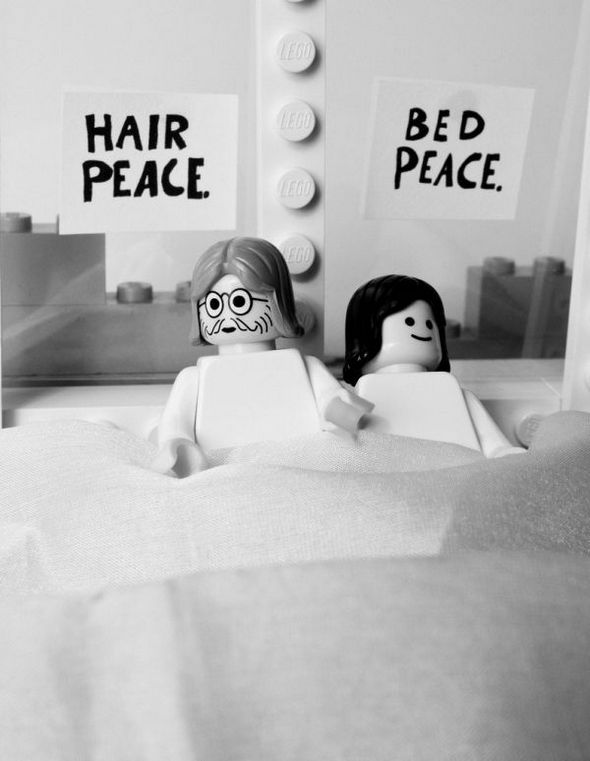More wonderful photos from the Big Picture.

An interesting article by Paul Dymond on how to choose what aperture to take photos with. Not much info in there for the experienced tog, but beginners might get something from it.
Have Camera Will Travel: How do you pick the right depth of field?.
Whilst not exactly a photography based link, this one does have a tenuous link, that being it is all about film. Have a gander at some of the films of Alfred Hitchcock and how they have been compressed to 1000 frames. Very clever.

Golden light, photographers love it. Apparently, so do romantics, who knew? If you are a photographer, or a budding Casanova, the link below will help you figure out exactly what time the sun is coming up or going to bed. And it has a calendar, so you can plan ahead. Certainly worth a look see.
The Golden Hour Calculator | Sunrise and Sunset information for photographers.
The lastest instalment of the the Big Picture is about the 64th anniversary of the bombing of Hiroshima. From the site…
August 6th, marks 64 years since the atomic bombing of Hiroshima, Japan by the United States at the end of World War II. Targeted for military reasons and for its terrain (flat for easier assessment of the aftermath), Hiroshima was home to approximately 250,000 people at the time of the bombing. The U.S. B-29 Superfortress bomber “Enola Gay” took off from Tinian Island very early on the morning of August 6th, carrying a single 4,000 kg (8,900 lb) uranium bomb codenamed “Little Boy”. At 8:15 am, Little Boy was dropped from 9,400 m (31,000 ft) above the city, freefalling for 57 seconds while a complicated series of fuse triggers looked for a target height of 600 m (2,000 ft) above the ground. At the moment of detonation, a small explosive initiated a super-critical mass in 64 kg (141 lbs) of uranium. Of that 64 kg, only .7 kg (1.5 lbs) underwent fission, and of that mass, only 600 milligrams was converted into energy – an explosive energy that seared everything within a few miles, flattened the city below with a massive shockwave, set off a raging firestorm and bathed every living thing in deadly radiation. Nearly 70,000 people are believed to have been killed immediately, with possibly another 70,000 survivors dying of injuries and radiation exposure by 1950. Today, Hiroshima houses a Hiroshima Peace Memorial Museum near ground zero, promoting a hope to end the existence of all nuclear weapons. (34 photos total)
This one isn’t for the feint of heart.

How about some classic photos, recreated in Lego?

Classic Photography recreated using Legos – Chill Out Point.
Paul Melcher has written a fantastic guide to the different types of photographers and where they rank according to photography snobs. Here is the 1st example.
1. Conflict Photographer. The bigger the scarf around the neck, the more important you are. It’s like a medal of honor. Conflict photographers are treated as heroes, regardless of the quality of their images. It is not so much what they bring back that matters, but what they go through to get it. They even earn more credentials if, heaven forbid, they are wounded or killed. The path to legendary status is then almost a given.
Just a minute, I need to grab my scarf. 🙂
See the link below for more.
Where Do You Rank with Photography Snobs? | Black Star Rising.
Given the current cost of Polaroid film, this project is not only a great idea, but must be bloody expensive. It is certainly a terrific concept, and I might even have a crack at it myself, on a smaller scale. 🙂

Have you ever wondered if someone has used one of your photographs with out your permission? Here is a tool that may just help you find people. Here is a quote from their web page.
TinEye is a reverse image search engine. You can submit an image to TinEye to find out where it came from, how it is being used, if modified versions of the image exist, or to find higher resolution versions. TinEye is the first image search engine on the web to use image identification technology rather than keywords, metadata or watermarks. For some real TinEye search examples, check out our Cool Searches page.
What a terrific idea. Whilst I have no problem with people posting my photos on blogs or other non commercial sites, I do have a problem if they are making profit from my images. If you are the same, check out the link below. Again, I haven’t used this service, nor do I endorse it. This is just a heads up for people interested in it.
Every day or two, as well as the Pic of the day, I will try and dig up a group of photographs that I think are excellent. Todays crop are from the Behance Network website. Click the link below for some stunning shots. Yes, I know a lot of them have been photoshopped. 🙂

© 2013-2025 Todd Norbury Photography All Rights Reserved -- Copyright notice by Blog Copyright